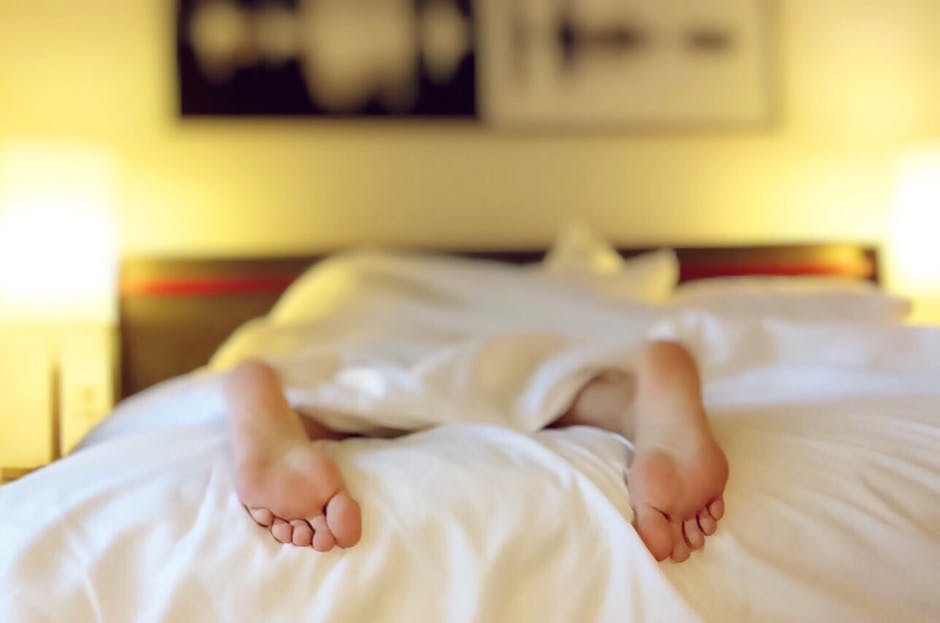With the UK experiencing heatwaves, and with temperatures set to rise to 40C in coming weeks, can it ever be too hot to work? It sure feels like it!
Nick Higginson, CEO at Phoenix Health & Safety, explains what the law says about working in hot weather:
“It is up to an employee to alert their employer if they feel the temperature conditions make it an unsafe work environment. The Government doesn’t give specific guidance on a maximum temperature limit, and employees should talk to their employer if the workplace temperature isn’t comfortable. While an employer has a duty of care for their employees, it is an employee’s responsibility to take the first action on any temperature concerns.”
Alex Econs, CEO of clothing printing company ICON Printing explains why dressing your staff right is so important:
“High temperatures can pose significant health risks, therefore it is essential that employers provide their staff with proper clothing that can help mitigate these risks and allow employees to stay cool and comfortable. Not only is this important for employee well-being, productivity and job satisfaction, but it is a requirement for complying with legal obligations.”
To help those working outdoors in the hot conditions, Phoenix Health & Safety and ICON Printing have provided 6 useful tips on how to stay safe in the heat.
Regular breaks
Regular breaks are a simple and very effective method of improving your safety at work.
Nick says: “As temperatures rise, employees may find concentration and energy levels negatively impacted. In hot temperatures, your body works harder to stay cool, so you may start to feel fatigued, restless and easily irritated”
“Ensure that you’re taking regular breaks throughout the day to cool down. If possible, look to take a 15-minute break every two hours or a 5-minute break every hour and seek shade. The time lost will be repaid in quality of work and minimising the risk of long-term sickness.”
Clothing colours
Alex says: “White is the best colour for keeping your cool, however, it is not so great at staying bright and white when exposed to sweat and suncream- both unavoidable in hot weather. If you’d rather not contend with yellowing armpits and collars then the following colours are perhaps more suitable. After white, the colours that are scientifically proven to keep the body cool are yellow, grey, and more surprisingly, red. On the other hand, you should avoid blue as well as light green, dark green, and black. Dark clothes have trouble reflecting the sun’s rays and so they trap heat from the sun, the lighter colours are better at reflecting the heat”
Hydration
Keeping hydrated is a given when working in hot conditions. Keeping track of how often you are hydrating will help avoid heat-related illnesses.
Nick says: “When temperatures rise, our body sweats out the essential nutrients that help us to function. Drinking plenty of water is important, but we must also replace lost electrolytes. Try a recovery drink or a low sugar energy drink alongside your two litres of water per day – this should allow you to function at your best throughout the day alongside a good diet.”
“If you’re not fully hydrated, this can adversely affect the performance of complex mental or manual tasks, and even lead to heat stroke.”
Clothing materials
Alex says: “Natural fabrics are the most breathable, and therefore best in a heatwave. They help to reduce sweatiness by allowing air to pass through more easily, naturally cooling the skin in climbing temperatures. Cotton, is the best fabric for letting the skin breathe, while linen, has thermoregulatory properties which keep body temperature regulated and cool despite climbing temperatures.”
Reschedule work to a better time
Having flexibility around working hours can be beneficial during the hotter months.
Nick says: “The HSE (Health & Safety Executive) advises that if you can, you should try to reschedule any labour-intensive tasks to cooler parts of the day. Daily temperatures are usually hottest around 3pm, but it could start earlier in the afternoon, so keep an eye on the weather apps.”
“If possible, try to do your taxing tasks in the morning or the late afternoon/evening, and try to work and rest in shaded areas throughout the day.”
Protective clothing styles
Alex says: “Not only are colours and fabrics important but the fit of the clothes is key too. While it might be tempting to wear clothes with as little coverage as possible, like vests, this actually increases your chances of sunburn and can often make you feel hotter. Instead, opt for relaxed styles which will allow for maximum airflow and coverage to minimise overheating. On your top half, a polo shirt can be a good option as the collar can provide additional neck protection and a t-shirt with sleeves will offer upper arm coverage. On the lower half, either loose shorts, skirts or trousers will provide protection whilst feeling cool enough.”




























